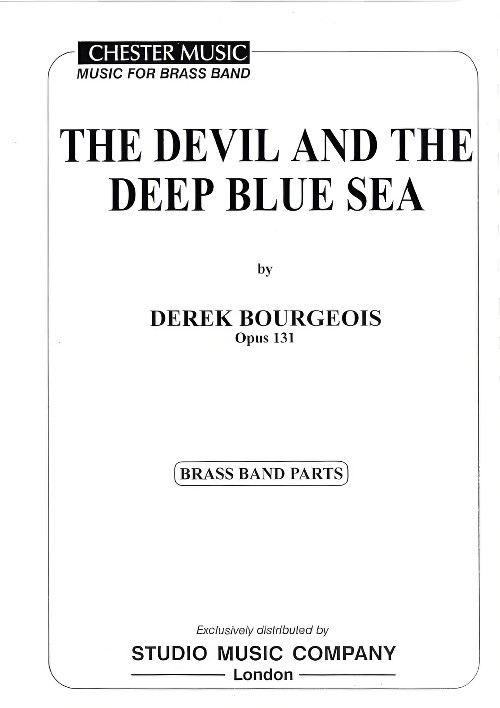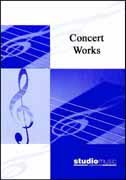We've found 1000 matches for your search. Order by
Results
-
 £92.00
£92.00Arthur And The Minimoys - Eric Serra - Michal Worek
Estimated dispatch 5-14 working days
-
 £124.10
£124.10Beauty And The Beast - Alan Menken
Estimated dispatch 5-14 working days
-
 £124.10
£124.10Sky Captain And The World Tomorrow - Edward Shearmur - Kabat
Estimated dispatch 5-14 working days
-
 £116.10
£116.10Snow White and The Seven Dwarfs - Frank Churchill - Jiri Kabat
Estimated dispatch 5-14 working days
-
£94.95
Devil and the Deep Blue Sea - Derek Bourgeois
Estimated dispatch 5-14 working days
-
£37.95
Spider and the Fly - Benjamin Britten
Estimated dispatch 5-14 working days
-
£44.95
Indiana Jones And The Temple Of Doom - John Williams - Ray Farr
Estimated dispatch 5-14 working days
-
 £49.95
£49.95Devil and the Deep Blue Sea (Brass Band - Score only) - Bourgeois, Derek
Recorded on QPRL065D Double Champions
Estimated dispatch 7-14 working days
-
 £44.95
£44.95INDIANA JONES AND THE TEMPLE OF DOOM (Brass Band) - Williams, John - Farr, Ray
Recorded on Polyphonic QPRL084D Light as Air
Estimated dispatch 7-14 working days
-
 £37.95
£37.95SPIDER AND THE FLY (Brass Band) - Britten, Benjamin - Barry, Darrol
Recorded on Polyphonic QPRL060D Master Brass Volume Four (1993 All England Masters)
Estimated dispatch 7-14 working days
